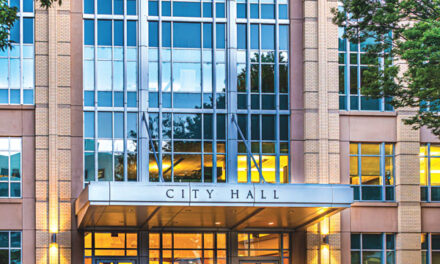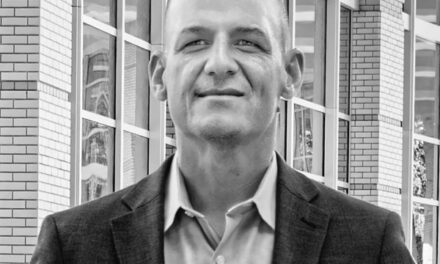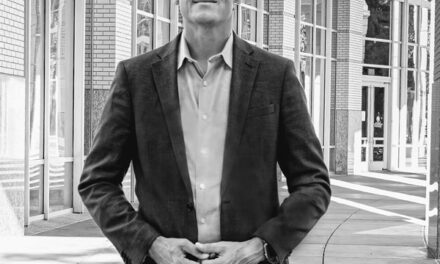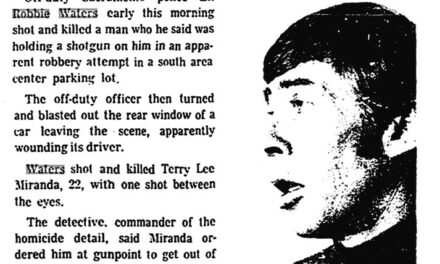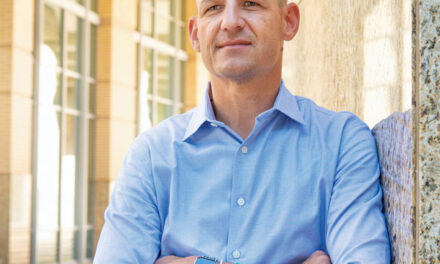Darrell Steinberg is a smart, sophisticated guy. He has a law degree from UC Davis and decades of legislative experience. Sacramento voters figured they were getting a pro when they elected him mayor in 2016. He won a second term without serious opposition last year.
So it’s a mystery why Steinberg has been unable to muster nothing beyond the most elementary, simplistic response to the deepest challenge of his mayoral tenure—the homeless crisis.
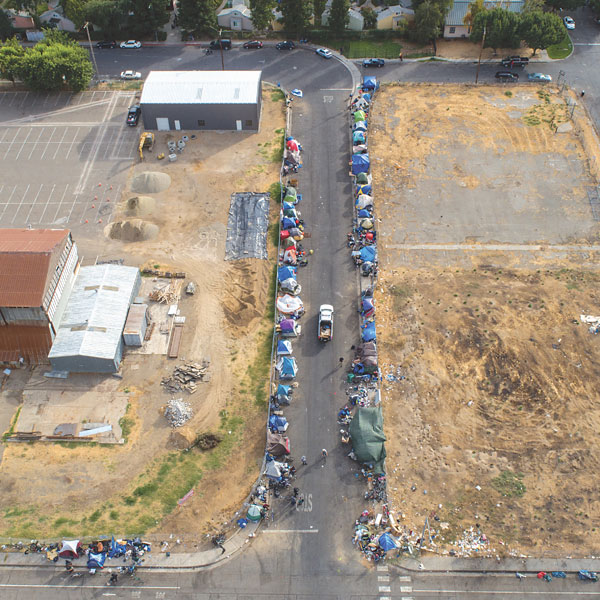
Rather than examine difficult, uncomfortable questions such as why Sacramento attracts so many homeless people in the first place and the contributory roles played by drug and alcohol addiction and mental illness, Steinberg’s playbook comes down to a fantasy.
He believes if the city gives unsheltered people homes, the problem will disappear. It’s the sort of thing a child might say.
The latest evidence of the mayor’s magical thinking is found in a document called “2021 City Council Schedule and Work Program to Create a Master Siting, Operations, Programmatic and Financing Plan to Address Homelessness.”
The leaden title makes the document look like a master’s thesis in social work. In fact, the 19-page report was prepared by Steinberg’s staff and presented to the City Council as a culminating masterwork. It’s a blueprint to realize the solutions Steinberg has plotted since he first decided to run for mayor.
There’s no need for anyone to read the thing. It boils down to this: Every City Council district (there are eight) should identify locations to house homeless people. The city should borrow, oh, let’s say $100 million to build apartments, sheds, tents or whatever to provide shelter for people living on the street. And this should happen between now and June.
Anyone whose neighborhood has been traumatized by homeless people will quickly find objections with the Steinberg master plan. The first problem: What will we do when we exhaust the $100 million and realize there are still hundreds of homeless people living on our streets?
The explosion of homelessness on Steinberg’s watch is a slippery subject. Yes, Steinberg built his 2016 campaign around his statehouse connections and his ability to manage the homeless crisis. Yes, the number of unsheltered people jumped from 4,692 to 5,570 between 2017 and 2019—a 19 percent leap—despite Steinberg’s endless vows to fix the problem. Yes, other California cities endure growing homeless populations. And yes, the pandemic makes everything worse.
But as Steinberg begins his second term, it’s clear he doesn’t have a serious plan to resolve homelessness. He never did. The best that can be said about the mayor is he used his statehouse connections to acquire tax dollars which he could load into a leaf blower and spray at the problem. The mayor’s master plan contains this revelatory passage:
“Nearly $60 million has been allocated to address homelessness and prevention. Still, the numbers are increasing and therefore the response by the city must also accelerate.” There’s his strategy—reload the leaf blower with $100 million in borrowed cash.
It should be clear by this point that blasting money at homelessness delivers little long-term value beyond creating jobs for social service providers. To truly attack and manage homelessness, a community must be willing to address the question of why people become homeless in the first place.
Do unsheltered people play a role in their predicament or are they victims of societal turbulence? Do they have any responsibility to assist in their recovery? The mayor’s master plan sidesteps those fundamental land mines.

The City Council eagerly embraced the master plan, which means residents across Sacramento can expect to identify where they’d like to host homeless people. Your neighborhood site might be filled with tents or shed-like “tiny houses.” It might be an empty lot where people can live in their cars. The mayor is open-minded.
At the same time, accountants will try to figure out whether the city can afford to borrow $100 million at a juncture when a pandemic has hammered sales taxes and other municipal revenue sources. The Steinberg leaf blower awaits.
R.E. Graswich can be reached at regraswich@icloud.com. Follow us on Facebook, Twitter and Instagram: @insidesacramento.



